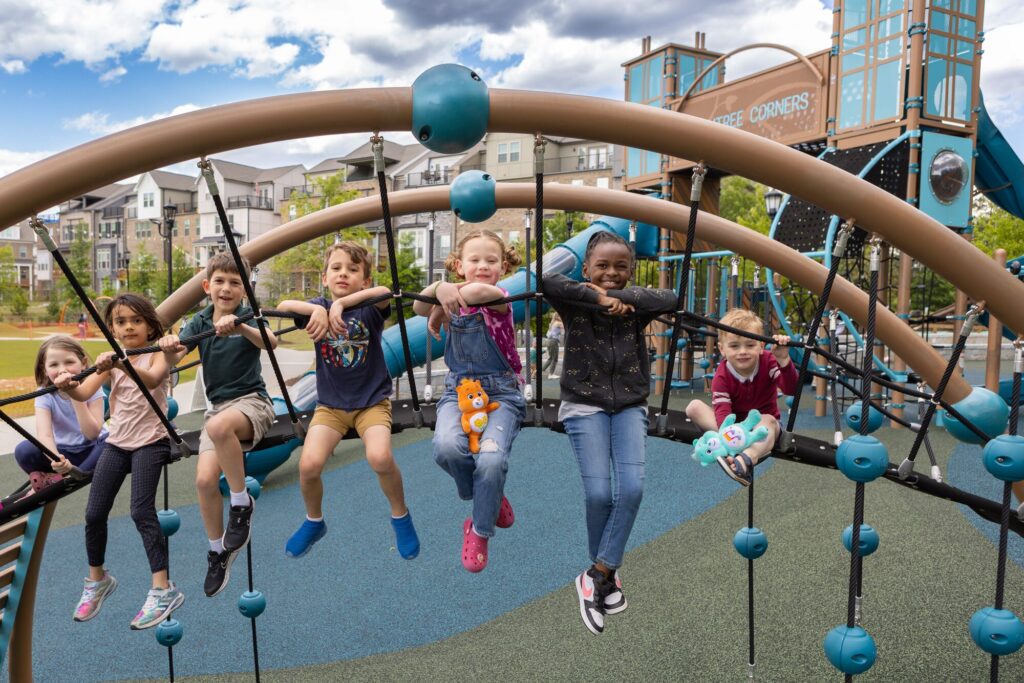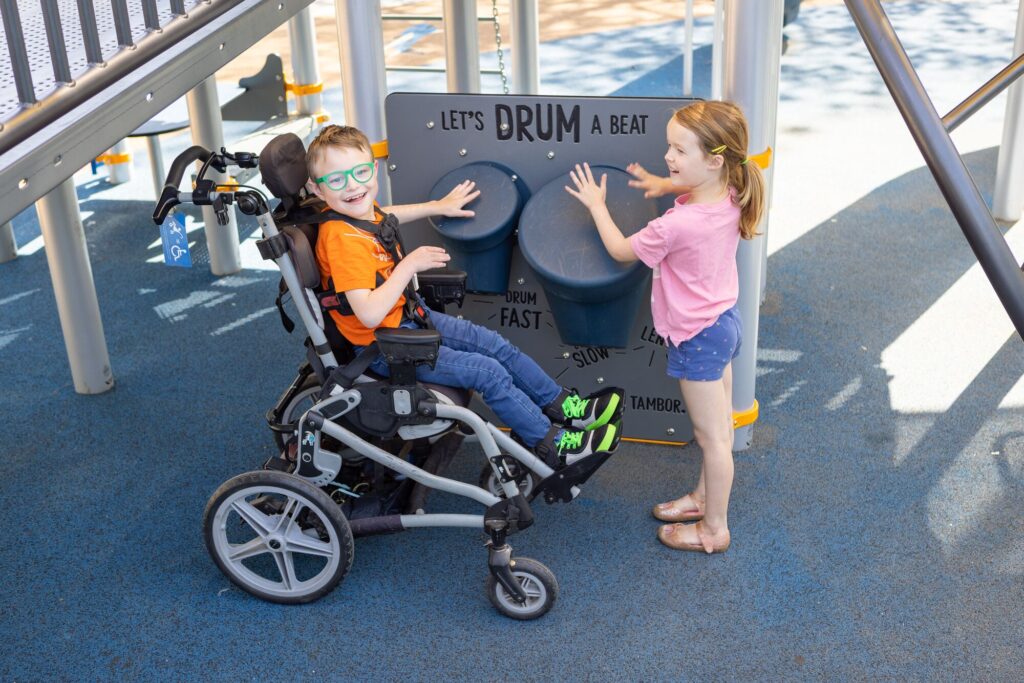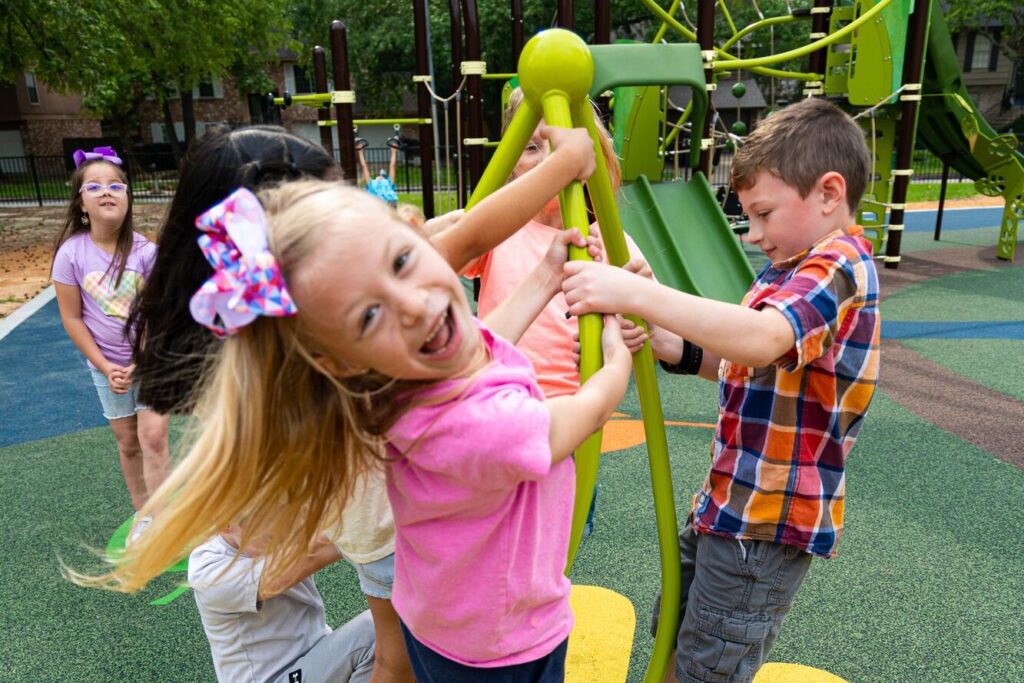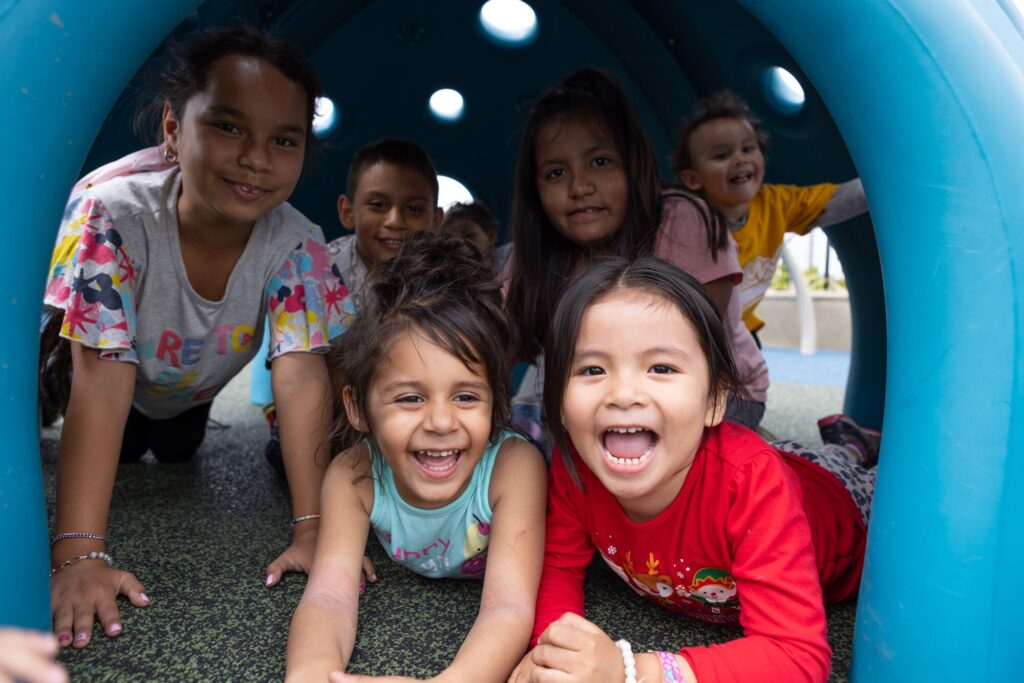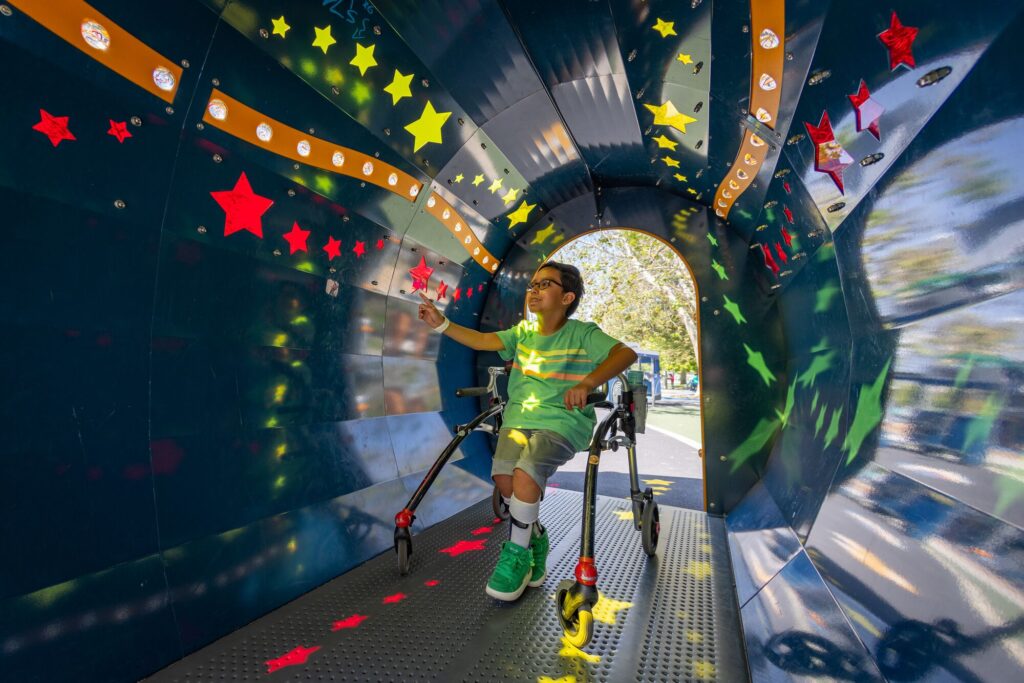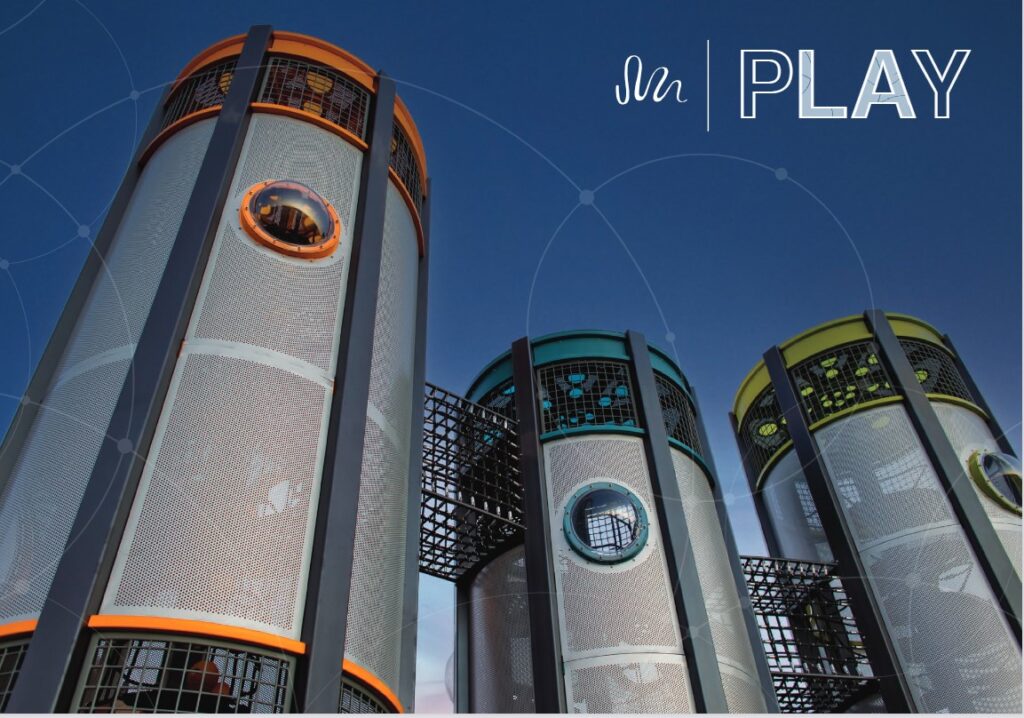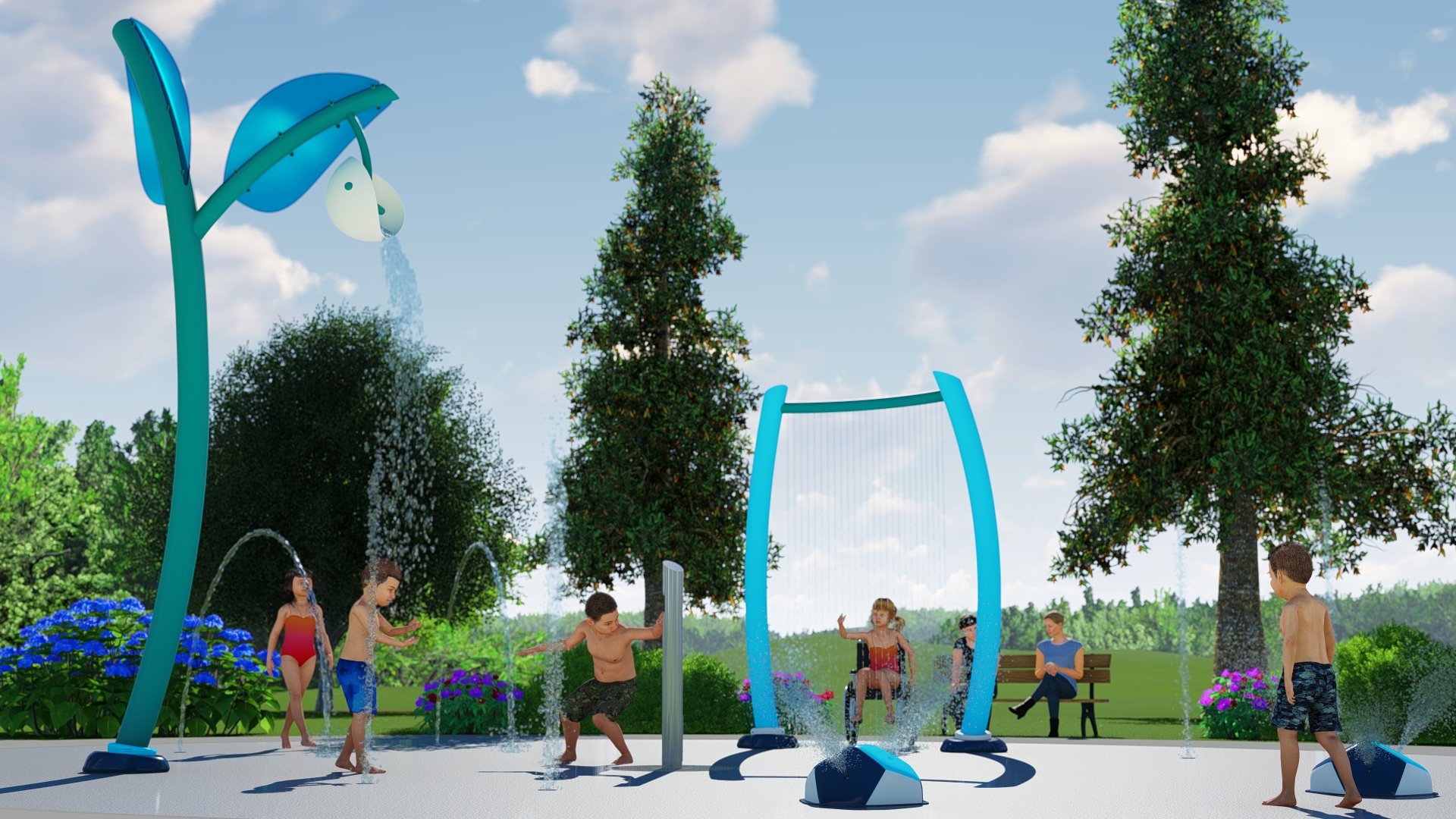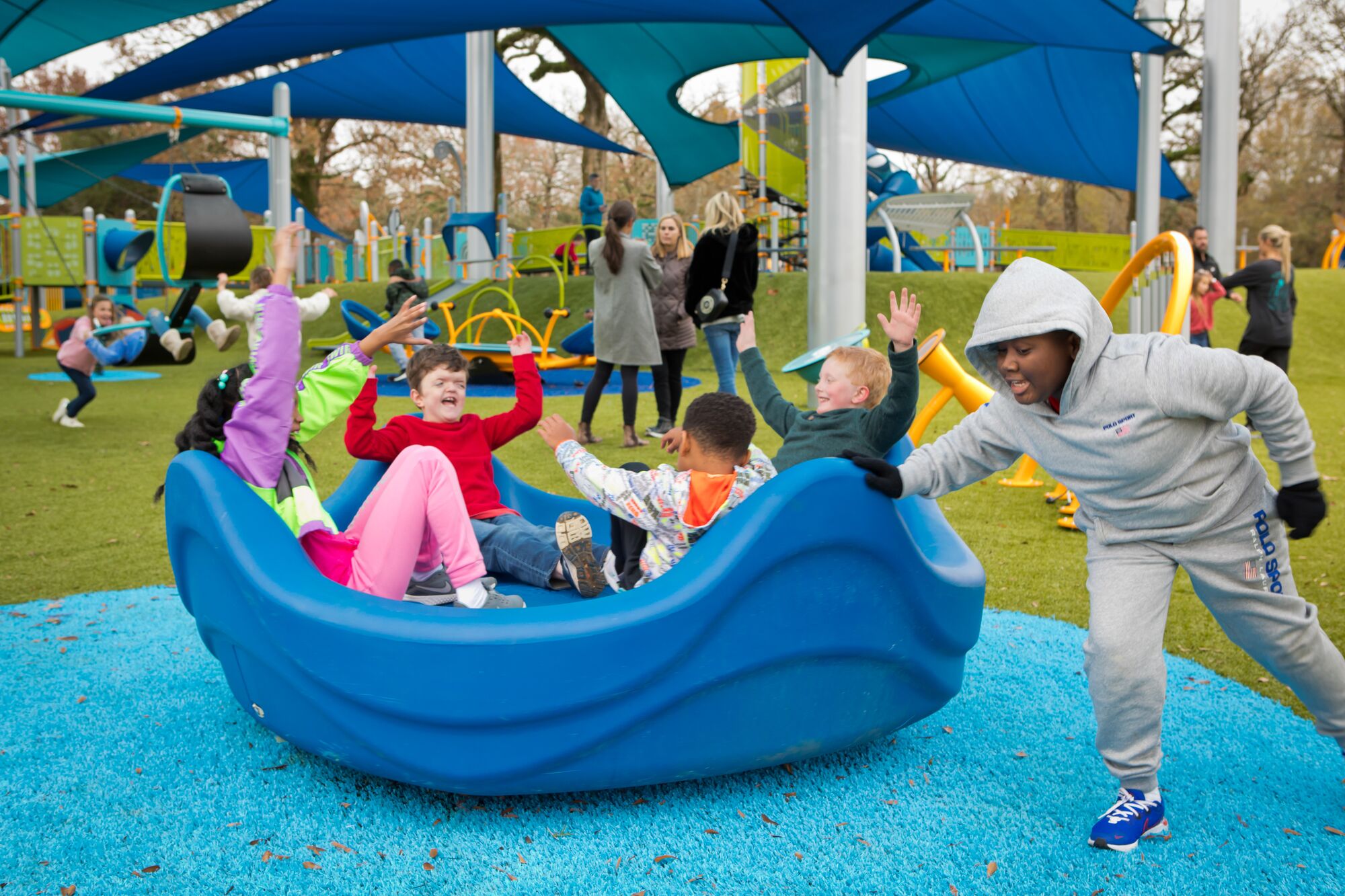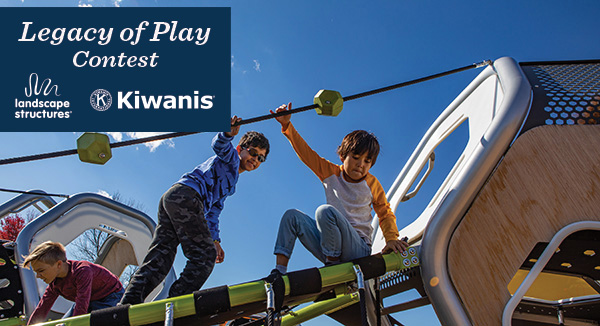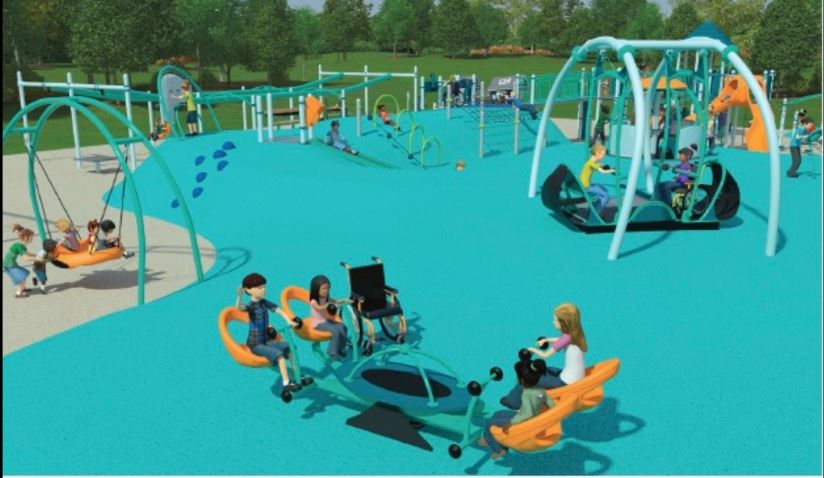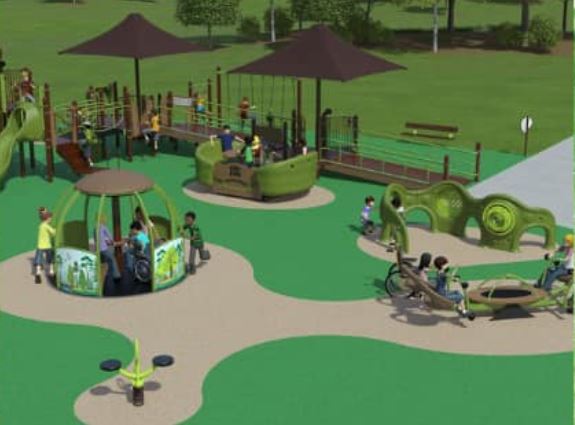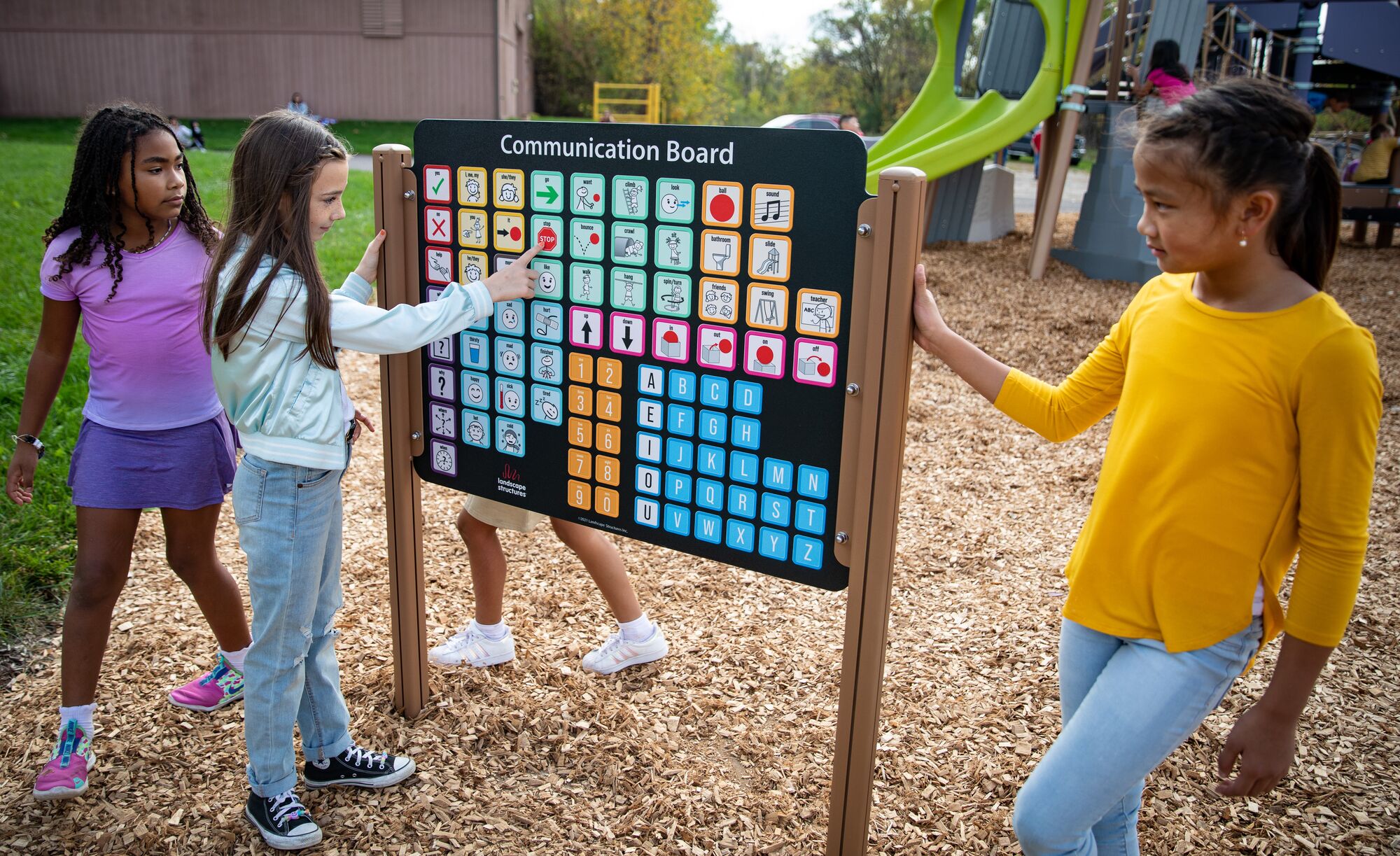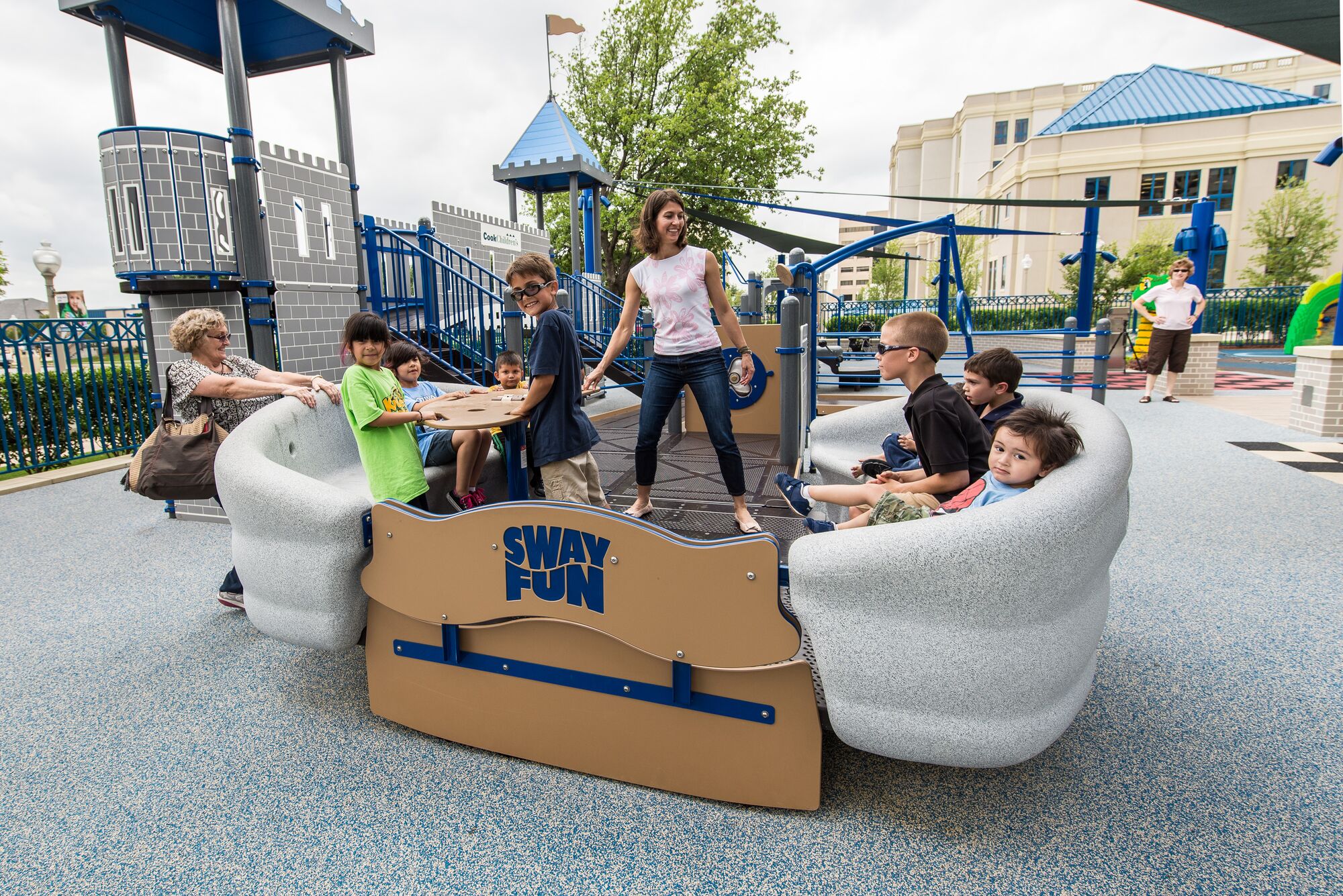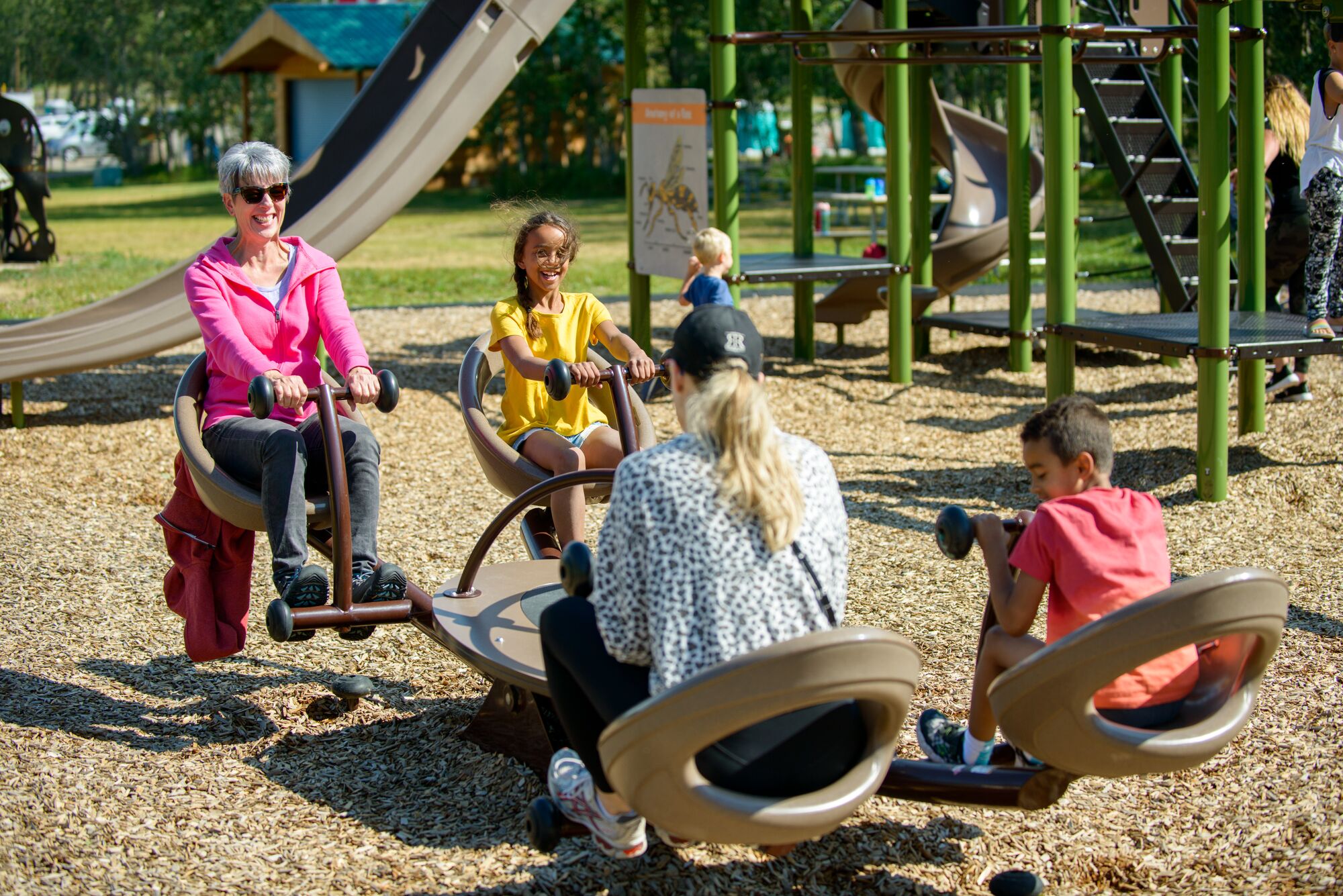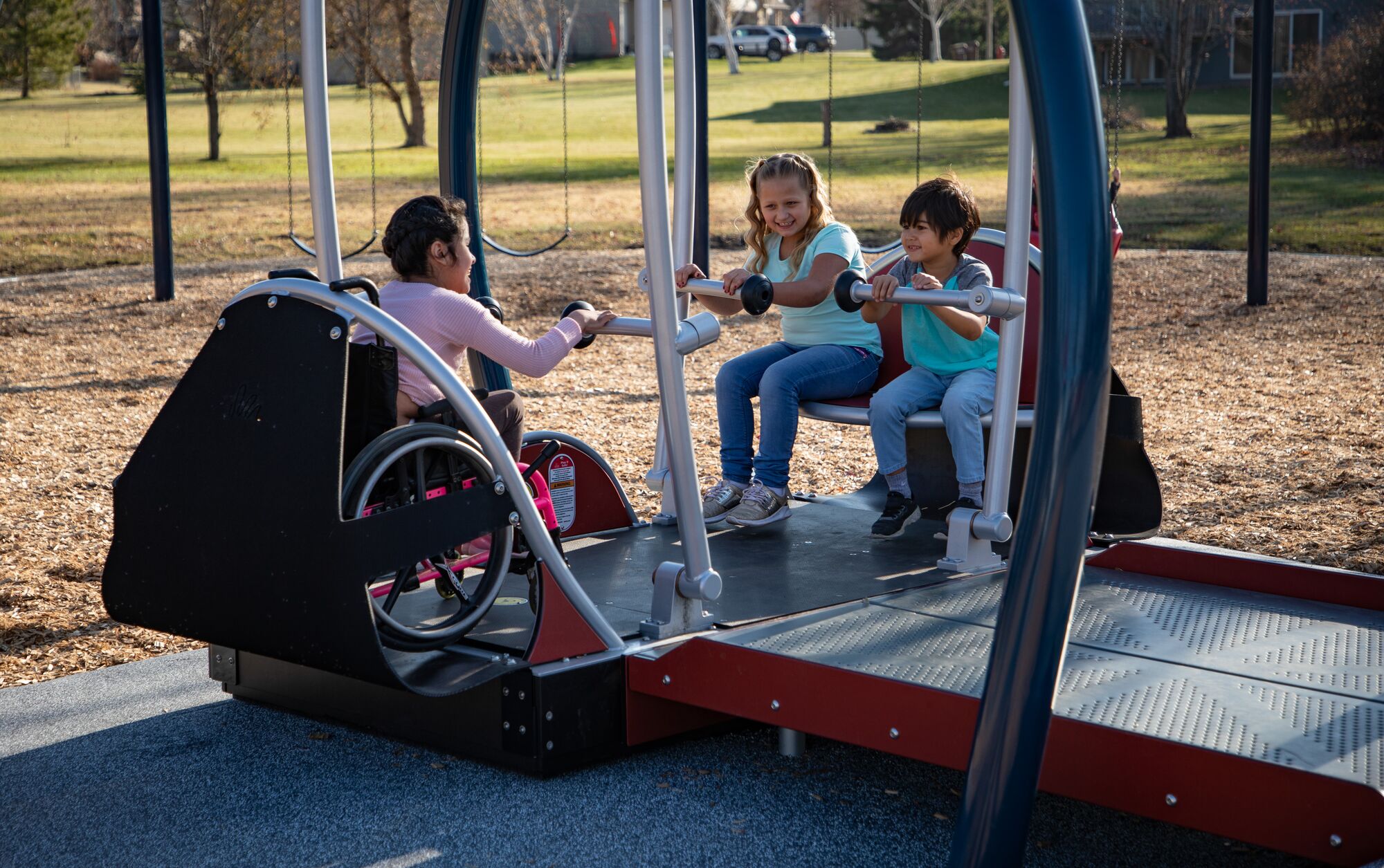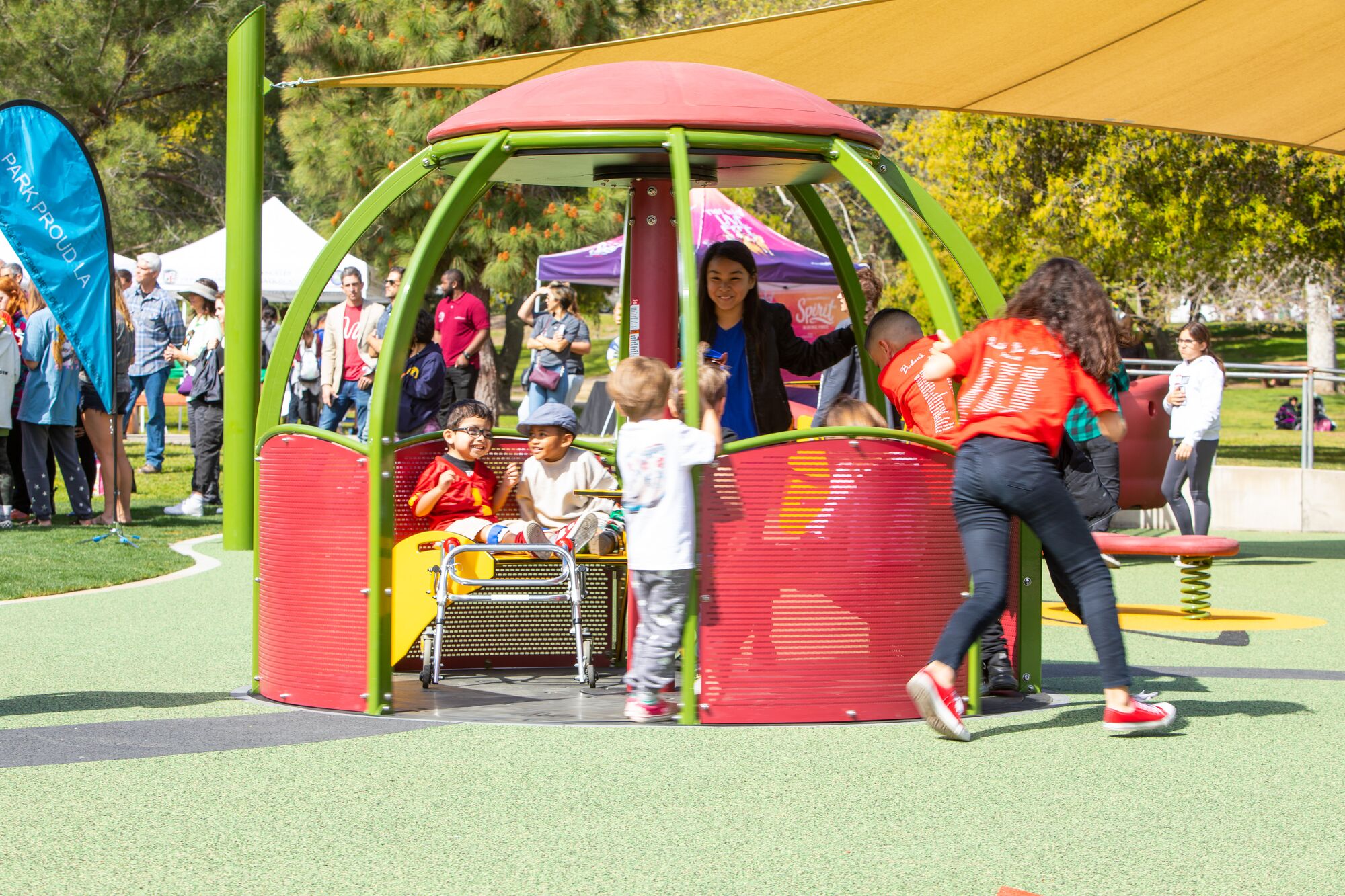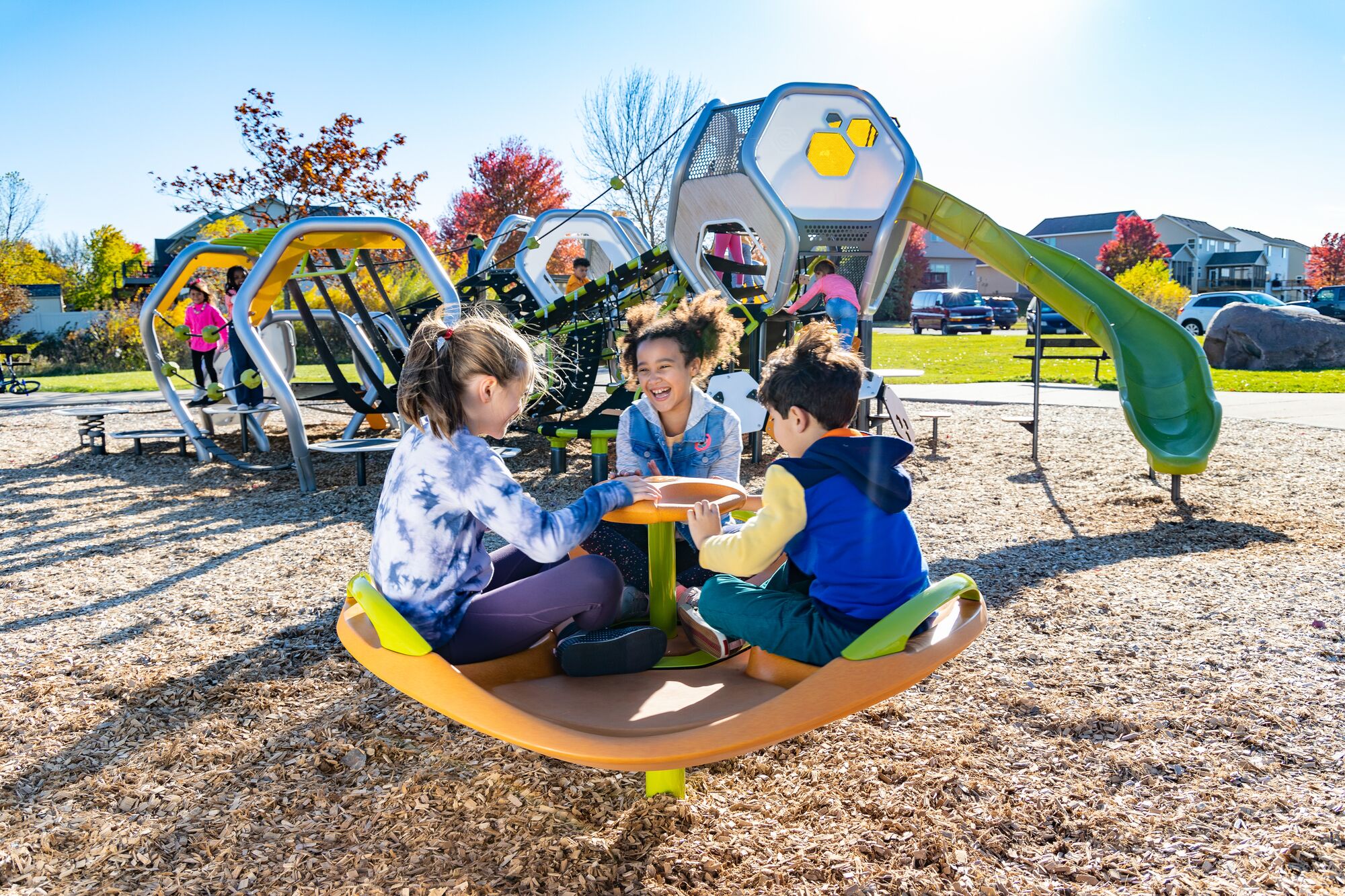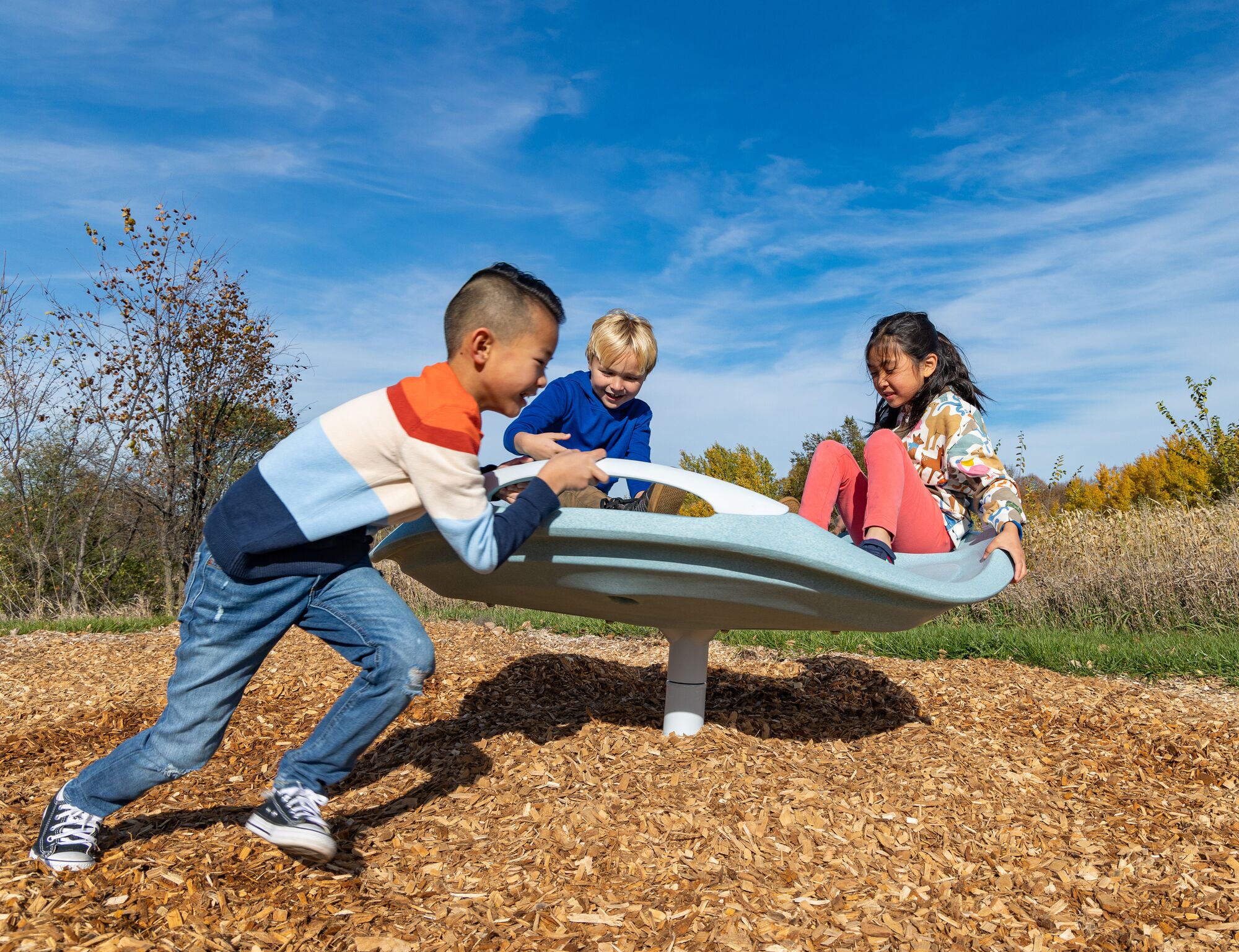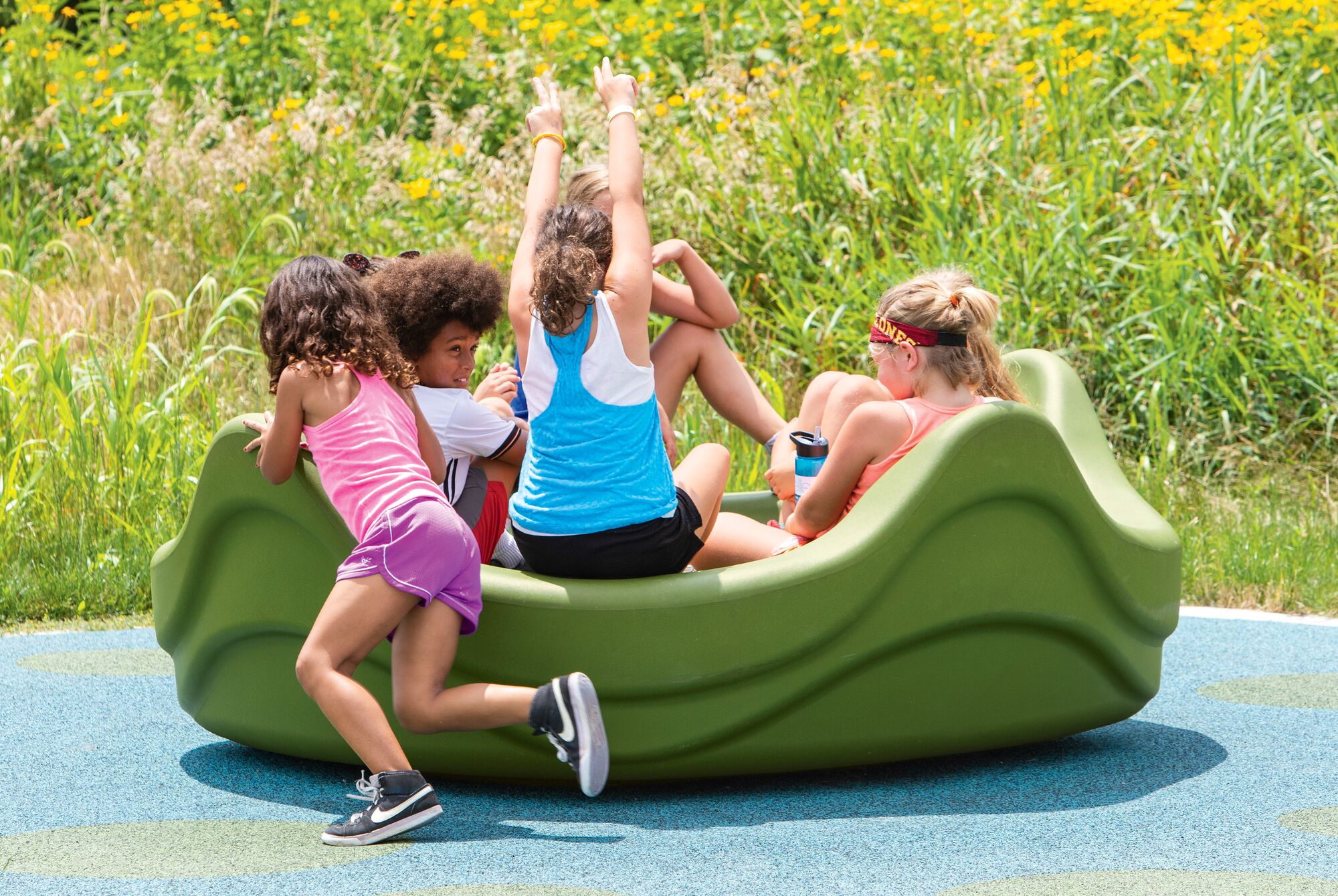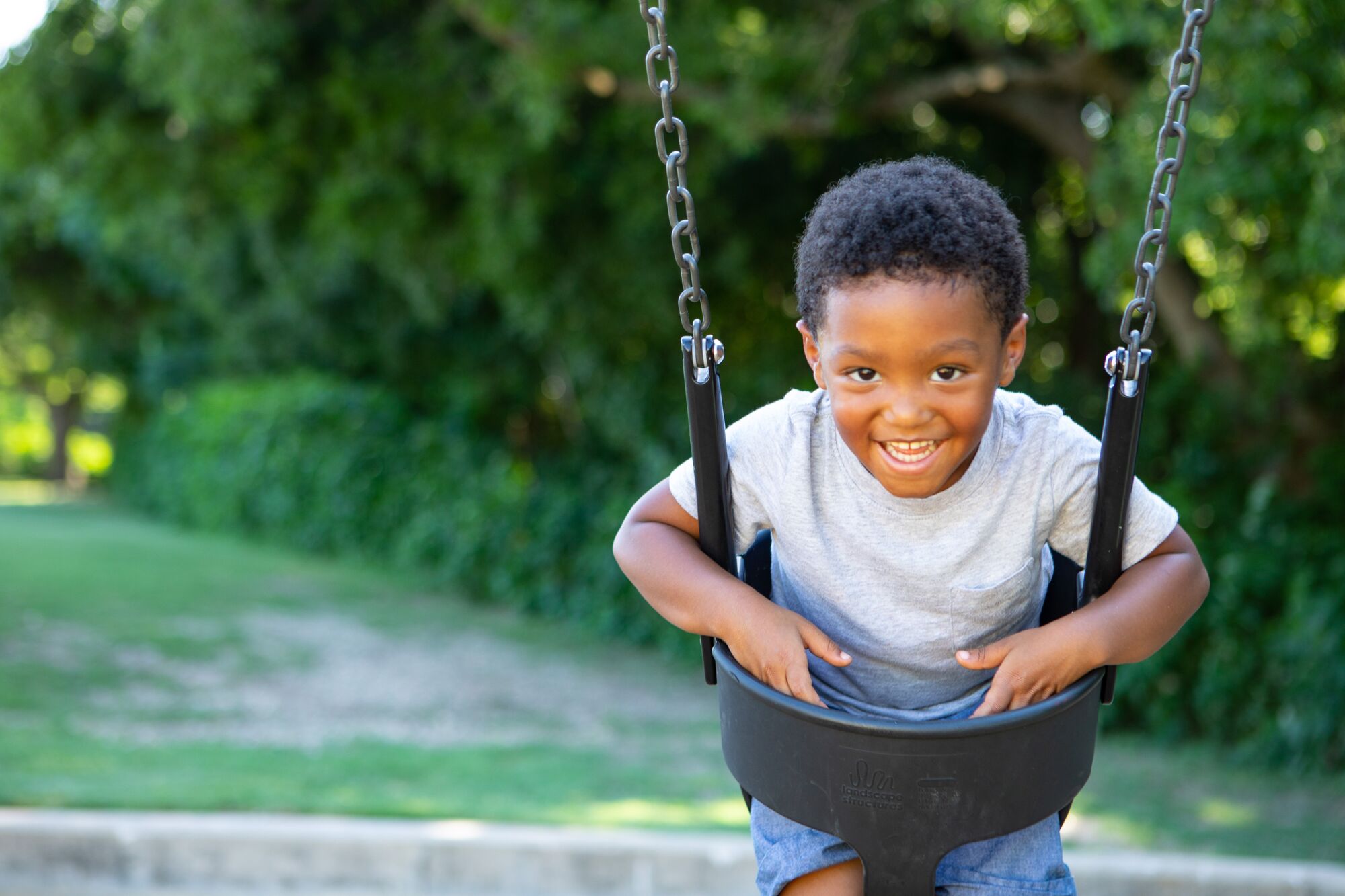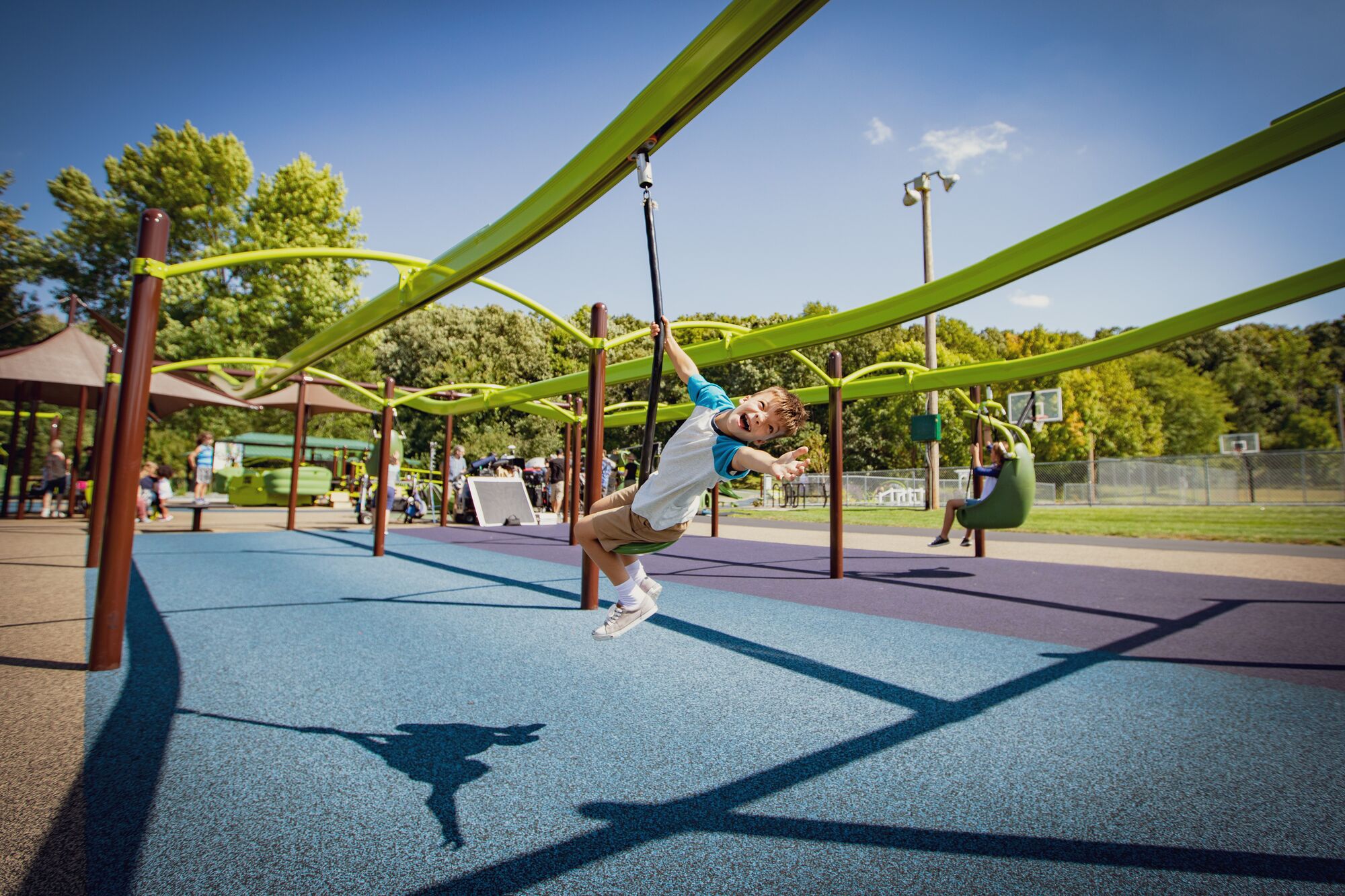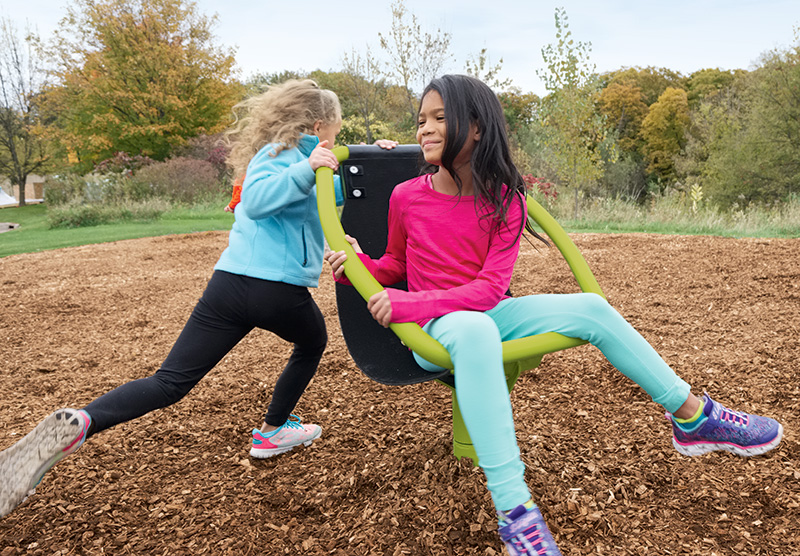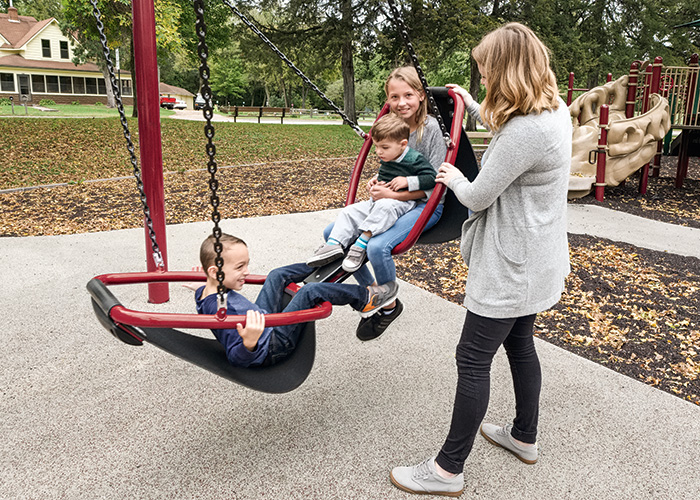We are thrilled to announce the launch of the 16th Annual State Association Speaker Scholarship Program, continuing our unwavering support for parks and recreation professionals. This initiative offers parks and recreation associations the opportunity to bring dynamic keynote speakers to their annual or regional conferences.
What is the State Association Speaker Scholarship Program?
The State Association Speaker Scholarship Program, offered by Landscape Structures, helps bring expert speakers on topics such as play, inclusion, equity and urban parks planning to the forefront. This program empowers state associations to inspire and educate their members through engaging presentations and discussions.
As part of the scholarship, we kindly request the following contributions from state associations:
- Advertisement: Please provide a complimentary advertisement in the state association magazine or another publication
- Introduction: Allow Landscape Structures the opportunity to introduce the keynote speaker
- Social Media: Create a social media post highlighting the speaker sponsored by the Landscape Structures scholarship
- Article: Publish an article provided by Landscape Structures in the organization’s newsletter or email.




We welcome applications from all state associations who have chosen their speaker for their upcoming conference. The application process is straightforward. Go here to complete the online application form, providing basic conference information–dates, location, name of keynote speaker and a brief description of their proposed presentation. We review each application and will notify the state association of their award within 30 days.
Benefits of the State Association Speaker Scholarship
The Speaker Scholarship from Landscape Structures offers a wealth of benefits. Primarily, it provides financial support, significantly reducing travel and accommodation costs for the speaker. This allows state associations to concentrate their efforts on delivering an outstanding conference experience.
Additionally, the scholarship enhances networking opportunities. Members gain access to industry experts, creating valuable connections and learning opportunities. Best of all, this program positions your association as a premier source of high-quality content. Landscape Structures is dedicated to cultivating a community of knowledge sharing and collaboration through this initiative.
Take Action Now
Now is the time to act. Apply today to bring an inspiring, thought-provoking speaker to your conference. Visit playlsi.com/speaker-scholarship/ to submit your application. This is your chance to get and stay connected through play and recreation.
Join us in making the 16th year of the Speaker Scholarship Program the most impactful yet!




















